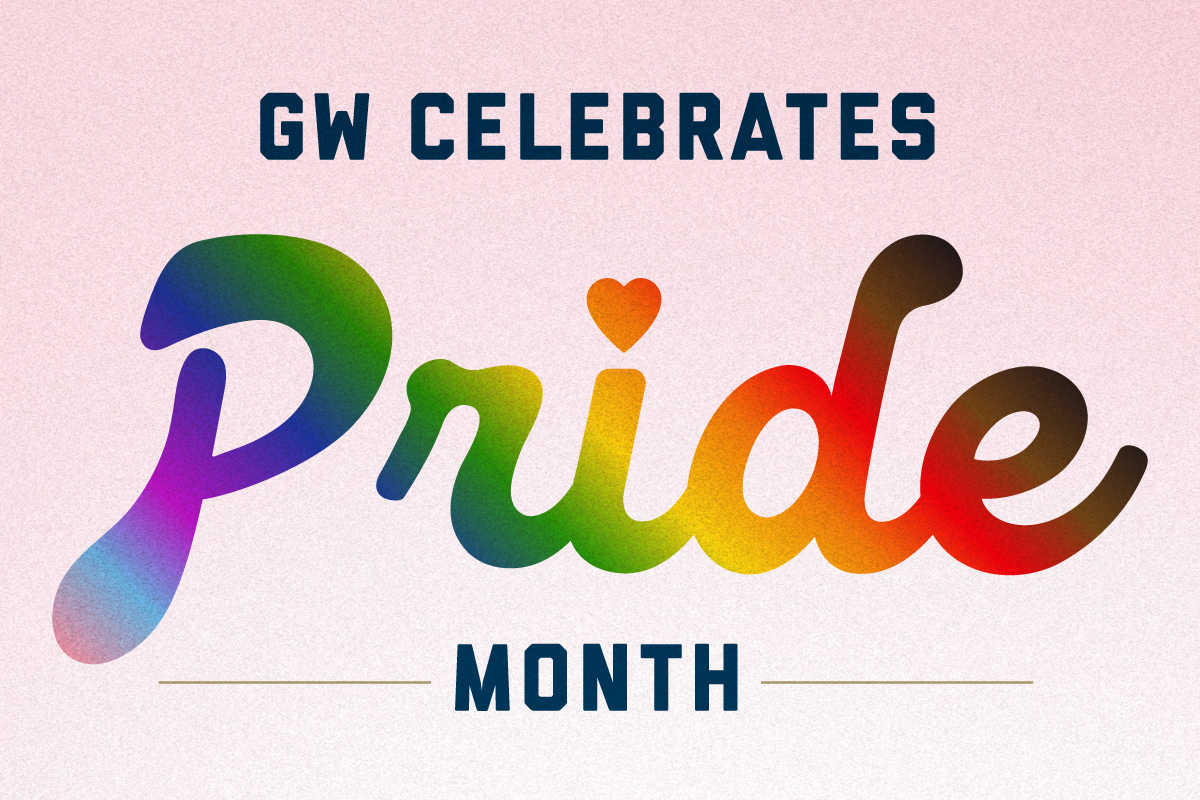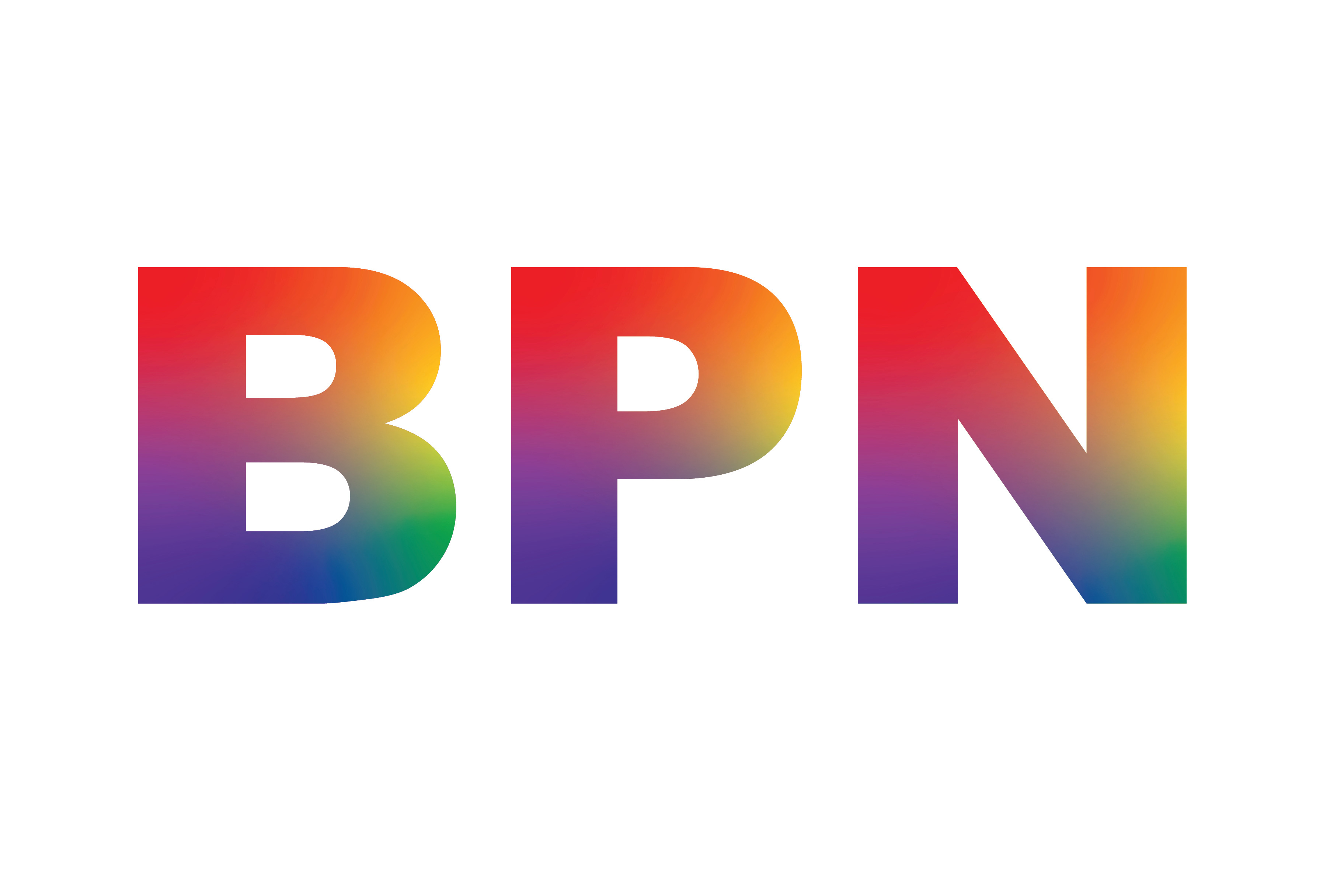In the guise of the sultry temptress Ophelia Myoats, wearing a red, black-lace trimmed bustier, David Rangel, a rising junior, found a level of confidence he had not expected.
Rangel is president of Delta Lambda Phi (DLP), a social fraternity that he said is devoted to creating a platonic, comfortable space on the George Washington University campus for queer people, queer men, queer nonbinary people and trans people. Each spring, DLP holds a drag show in honor of the late transgender rights advocate Henry Berg-Brousseau.
“On that stage at the drag show but also in my [LBGTQ+ and queer] studies, there was a new appreciation for art in many forms, for myself and my own beauty,” he said. “What a person can learn from drag and ballroom is a burst of creativity and innovation they have never come to face with before.
“We recognize that there are not many platonic spaces at GW and the greater D.C. area,” said Rangel, “and we just want to provide that to students in order to form a queer, supportive, loving community.”
Junior Kai Nilsen, also a member of DLP, noted the fun nature of drag but pointed out that the support the community offers is as important, given the genuine hostility they sometimes face. “Drag is just fun,” Nilsen said. “It’s meant to be campy, over the top and entertaining. It is a celebration of who we are as queer people in a time when it’s being pushed against.”
Drag has become more accepted in American popular culture, mostly through the arts such as Madonna’s “Vogue” music video and shows such as "RuPaul's Drag Race" and Billy Porter's series "POSE."
But in the past two years, more than a dozen state and local legislatures around the country have crafted bills that target drag performers and others displaying in public spaces an identity that is different than the one assigned at birth. The laws censor drag shows, prevent drag queens performers from reading to children during story hours and restrict anyone between the ages of 15 and 19 from attending drag shows. In South Carolina, proposed legislation would criminalize “male and female impersonations.” In Arkansas, a pending bill would characterize drag shows as “adult-oriented entertainment,” and similar legislation in states would label such as shows as “sexually prurient” and “indecent exposure.”
Robert McRuer, a GW professor of English who specializes in LGBTQ+ and queer studies, said that more than 400 bills have been introduced at state and local levels since 2022 that are not only anti-drag but also anti-trans.
“What we are seeing is an escalation of attacks on nonnormative genders, the plurality of genders and the attack on drag and drag culture is part of it,” he said. “It is a very dangerous moment, so dangerous that people on social media are talking about “Happy Wrath Month, not Pride month.”
These actions, McRuer argued, distract the public from more serious cultural and societal issues such as gun violence and serve to “to work up a certain political base that is just really frightened by diversity.”
Though the term drag is specific to the 20th and 21st centuries, McRuer said, it has existed in almost all known cultures, even if it was not called “drag.”
“There have always been people who dressed in clothing that challenged what their gender was assumed to be or was known to be,” he said, “people who have always put on the clothing of another sex, sometimes understood as the opposite sex, but not always.”
In the 1950s and 1960s, there were laws in the United States that criminalized what a person was wearing or not wearing, especially for clothing not “appropriate” to their sex. In 1969 at the Stonewall Inn in New York City, the gay community and Black and Latino drag queens challenged such laws and rebelled against harassment from police—a moment in history that is generally recognized as heralding gay liberation in the United States.
“I think we’ve lost over the decades since Stonewall some of the radical nature of what those drag queens and trans people did because the movement went mainstream,” McRuer said. “Over the course of the ’90s, [gays] found military rights, marriage rights and kind of forgot where we came from.”
“Drag should have been a reminder of our radical roots,” he said. Now that drag is being attacked, I say, yeah, this is where we should be putting our flag and defending people.”
It is also a reminder of the intersectionality of LGBTQ+ culture, according to Rangel, and the Black and Indigenous People of Color (BIPOC) roots of gay culture that can be traced back to the ballroom dances held in Harlem during the 1930s. They served as a kind of coming out to the world of queer people, where people would dress up in women’s clothing or female bodied people would put on men’s clothing and were an important historical precursor to the modern queer liberation movement.
“Every queer person should know queer history and devote some time to learning what the queer community has gone through, who the ancestors of the queer community are and the stories they have given us,” Rangel said. “Drag culture and ballroom culture is a part of that.”
Rangel and Nilsen attended Delta Lambda Phi’s national conference in Los Angeles over the weekend. “There is so much in the world that is telling us that we’re disgusting people and that we don’t get to live in public,” Nilsen said. “By supporting each other through thick and thin, watching people grow and growing alongside them as servants of the community, that is inherently a political act and one of the biggest ways we can push back against all of this.”





